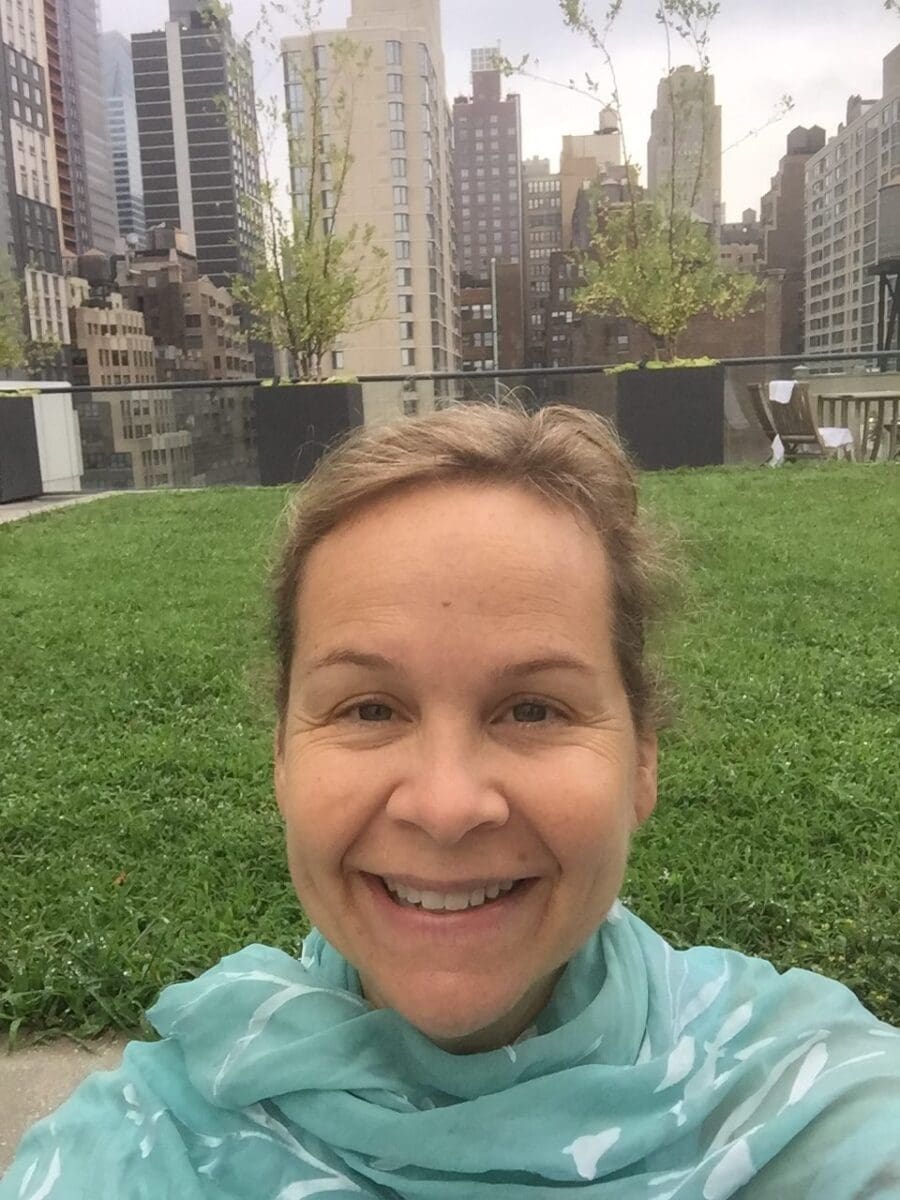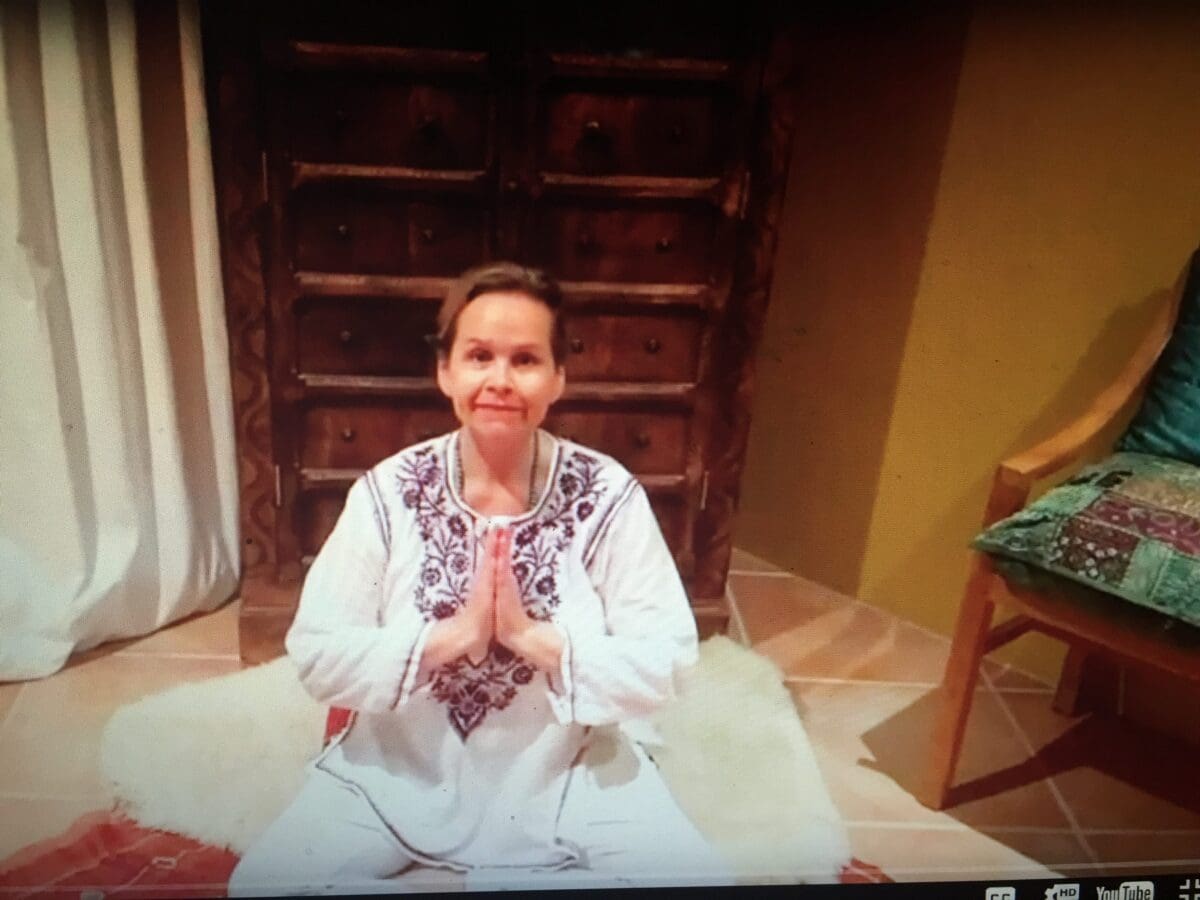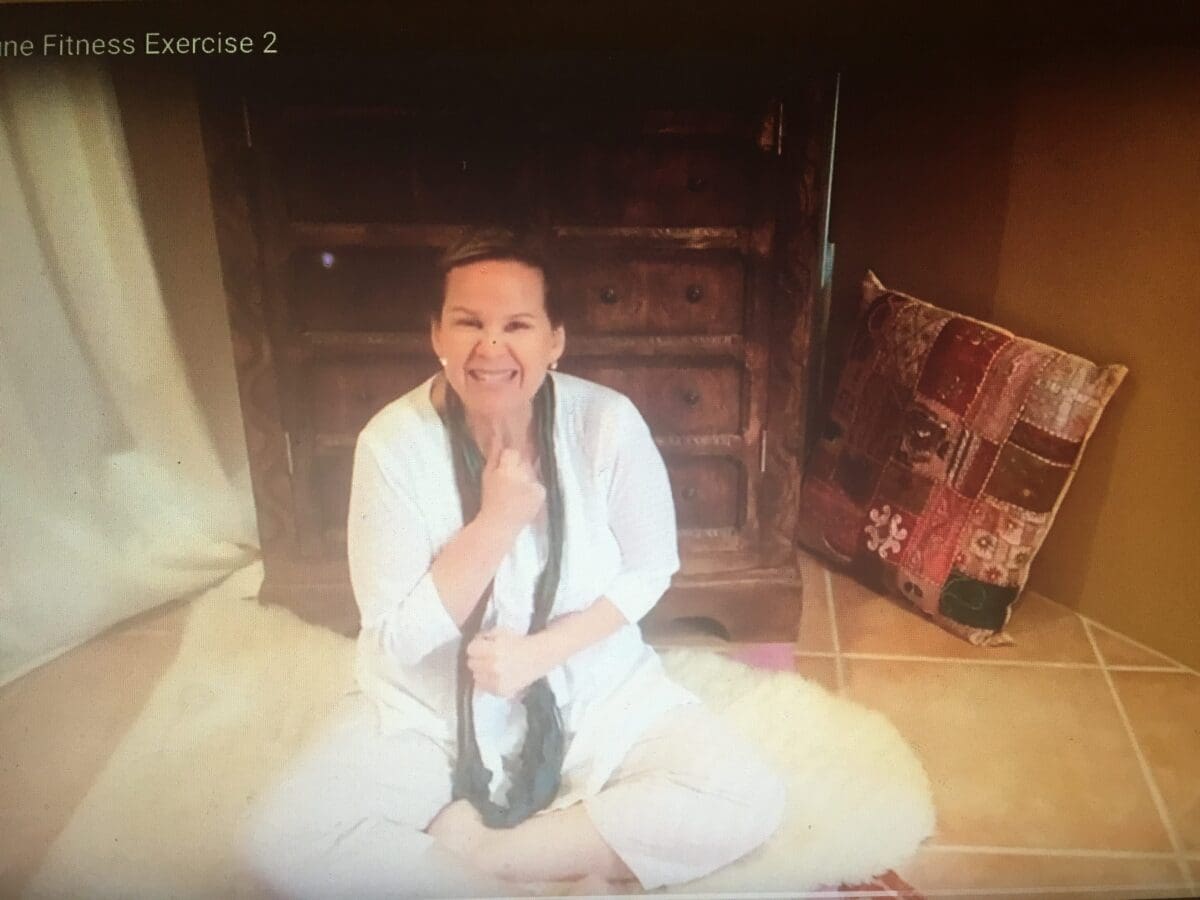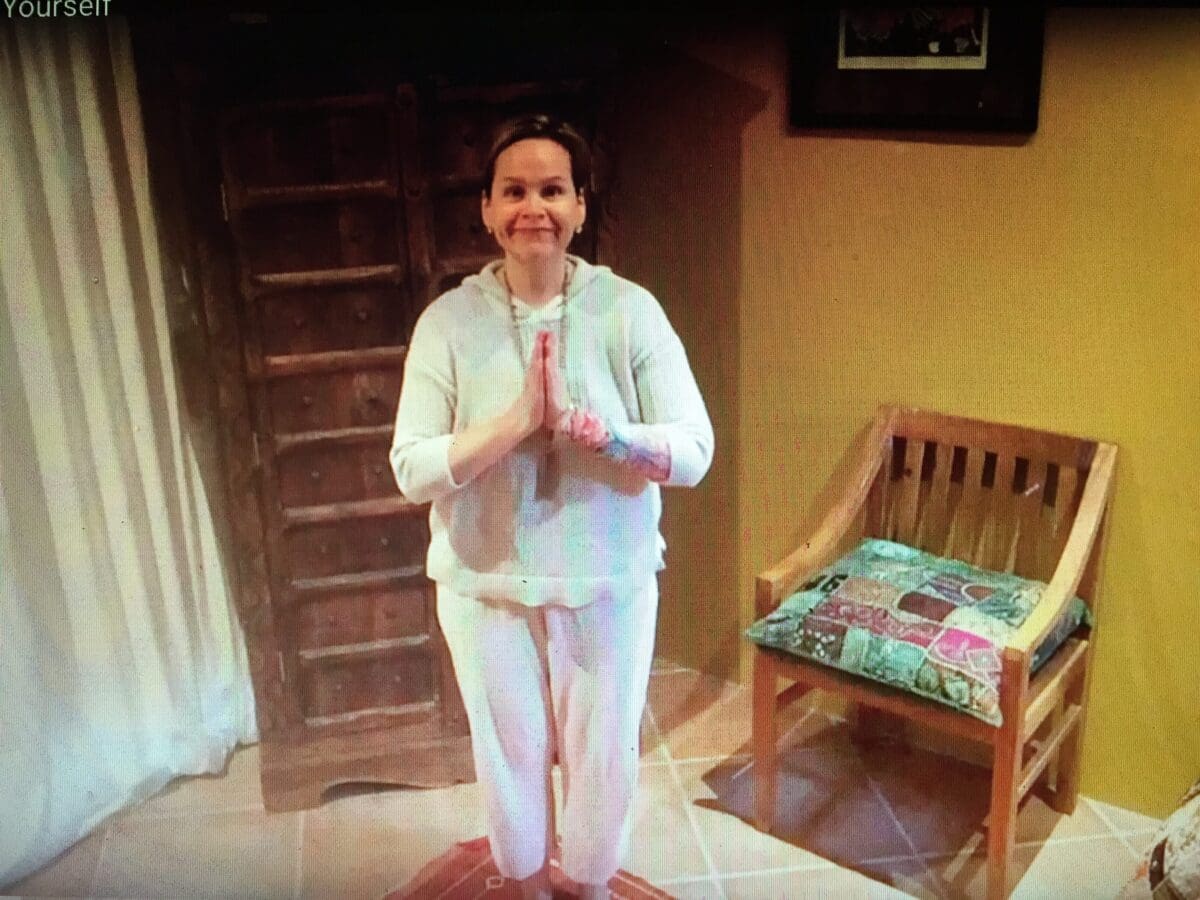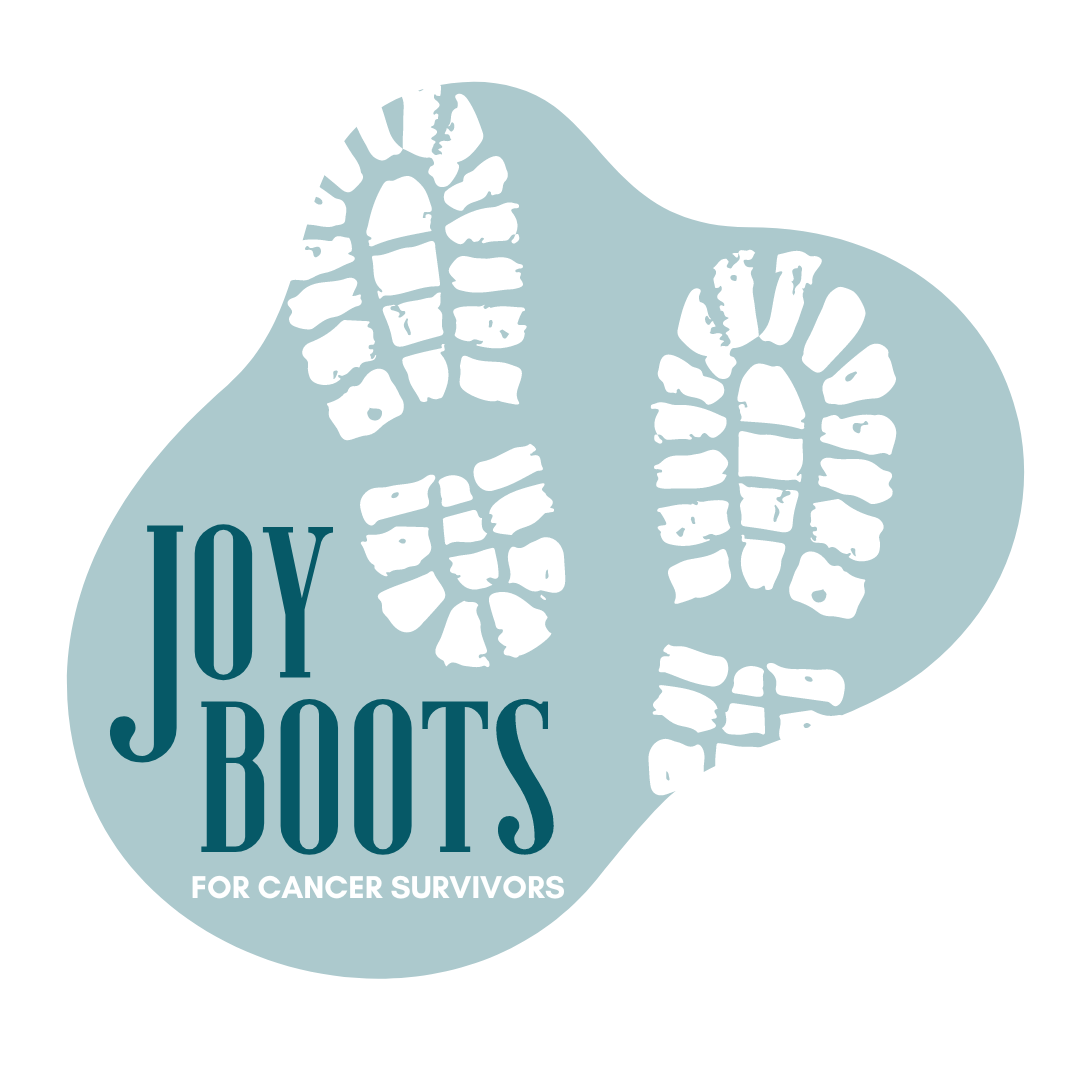
Before reading further, take a moment to feel connected to your body. Notice the sensations connecting you to a chair, the floor, or bed.
Breathe long and deep a few times, allowing your chest and belly to expand on the inhale like you are filling a balloon with air, and relax with the exhale.
Now bring your fingertips just below your nostrils and breathe out powerfully a few times. Can you discern which side of your nostrils is more open than the other at this moment? Left, right, or equal?
I’m going to share a secret about your body you probably never learned growing up or in school: several times a day, our bodies naturally change which nostril side is more open and easier to breathe through.
Why on earth is this important?!
Many of us, but cancer survivors in particular, struggle with fatigue, difficulty focusing, anxiety and insomnia.
Yogic breathing practices such as alternate nostril breathing can help you bring more prana (life force energy) into your body to manage the side effects of cancer.
At a given moment, the nostril side which is more open reveals the state of your mind and energy. You can even learn to track your mental state and physical energy by observing which side is more open or more blocked.
You have an incredible potential to change your state of mind and body by deliberately switching which nostril side is more open through alternate nostril breathing.
When I first learned about this and started using it in my daily life, I felt like I had a hidden superpower to lower stress, calm emotional reactions, make me more alert, reduce anxiety, and choose to focus.
But which side is which?
TO RELAX-Open the Left Side
When your left side is more open, you are usually calmer, more relaxed, less anxious. (You might also feel tired or sleepy, unfocused or fatigued). When the left side is more open, it is easier to fall asleep.
If you find yourself struggling to sleep, check which side of your nostrils is more open. With insomnia, based on my own experience, I can almost guarantee that the left side is blocked and the right side is open.
To encourage relaxation or sleep, block the right nostril and begin long deep breathing through the left. Continue for 3-11 minutes or until the dominance changes to the left. Lie on your right side to sleep, allowing the left nostril more ease at being open.
Anxiety: If you are feeling anxious during the day, check your nostrils. No doubt the right side is more open and the left side is blocked. Again, block the right side and begin long deep breathing through the left. You can practice anywhere!
Practice along with me to lower anxiety OR get ready to sleep by clicking here:http://www.kellyinselmann.com/monday-morning-videos/lower-anxiety-with-left-nostril-breathing/
FIGHT FATIGUE-Open the Right Side
When the right side is open, you are usually more alert and awake with higher energy. (You might also be feeling anxious or restless).
If you need to stay awake, drive, study, listen to a friend or client, care for a child, block the left nostril with your left thumb and begin breathing long and deep through the right side for 3-11 minutes or until the dominance switches to the right.
To wake up, energize your body, focus, become more alert OR to lift your mood, practice along with me by clicking here:http://www.kellyinselmann.com/monday-morning-videos/energize-with-right-nostril-breathing/
Believe it or not, there are some yogis who, with practice, can learn to switch the dominance of the nostril without even using the fingers to block one side. Through deep self awareness and attention they are able to open up one side or the other.
Let me know the results of your observations and experiments!

